Interesting Facts
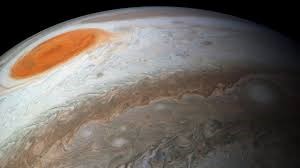
Jupiter’s red spot is almost as well-known as the planet’s remarkable rings. But the spot, which is, in fact, a storm, has been shrinking for a century and a half. Although NASA can’t predict what will happen to the storm that was “once big enough to swallow three Earths with room to spare,” they do know that it “seems to have increased in area at least once along the way, and it’s growing taller as it gets smaller.”
Britannica.com
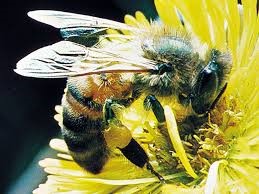
Bees are notorious for their stings, but humans aren’t the only ones who experience this pain in the neck (or the arm, or the leg…). In protecting their hives from outsiders, some “guard bees” will stay by the entrance and sniff the bees that come in, says Marianne Peso from the biology department of Macquarie University. If there’s a rogue bee from another hive trying to steal some nectar, the guard bee will bite and even sting the intruder.
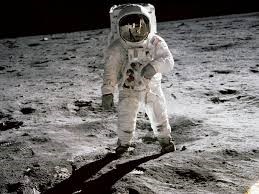
When the Apollo astronauts walked on the surface of the moon, they left behind footprints that will remain there for a very long time. Due to the fact that there is no atmosphere on the moon and therefore no wind or water to blow or wash anything away, Arizona State University scientist Mark Robinson told Space that traces of the Apollo exploration could last between “ten and a hundred million years.”
Conserve-enegry-future.com
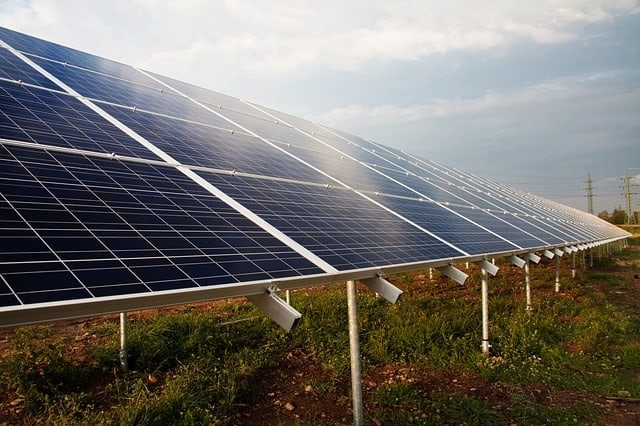
Solar panels are a popular choice for anyone who’s interested in living a more planet-friendly existence. And if you ever thought there might not be enough sunlight to go around, then think again. Some 430 quintillion Joules of energy from the sun hits the Earth every hour, while the entire population of the planet only uses 410 quintillion Joules each year, according to the U.S. Department of Energy via Business Insider.
The first oranges were not orange
TATIANA AYAZO/RD.COM, SHUTTERSTOCK
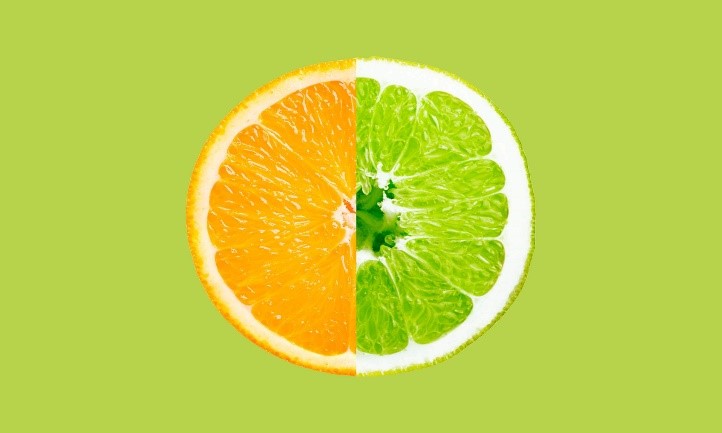
Solar panels are a popular choice for anyone who’s interested in living a more planet-friendly existence. And if you ever thought there might not be enough sunlight to go around, then think again. Some 430 quintillion Joules of energy from the sun hits the Earth every hour, while the entire population of the planet only uses 410 quintillion Joules each year, according to the U.S. Department of Energy via Business Insider.
